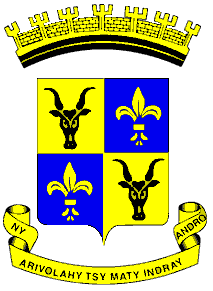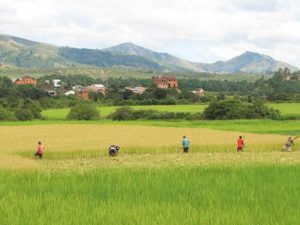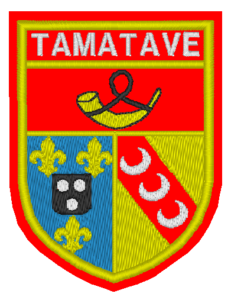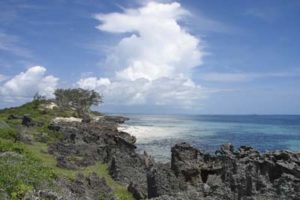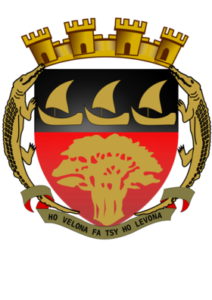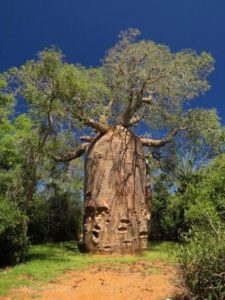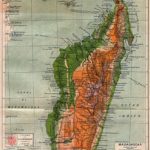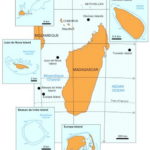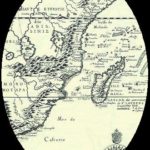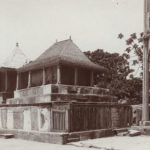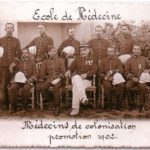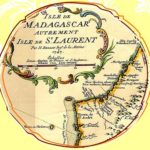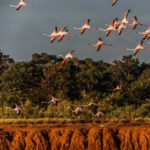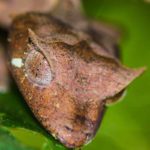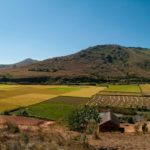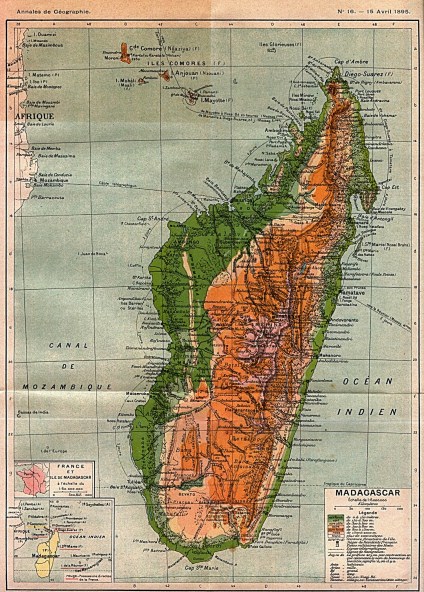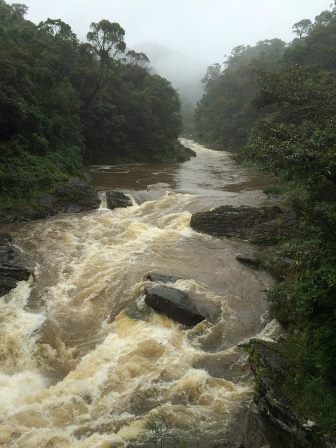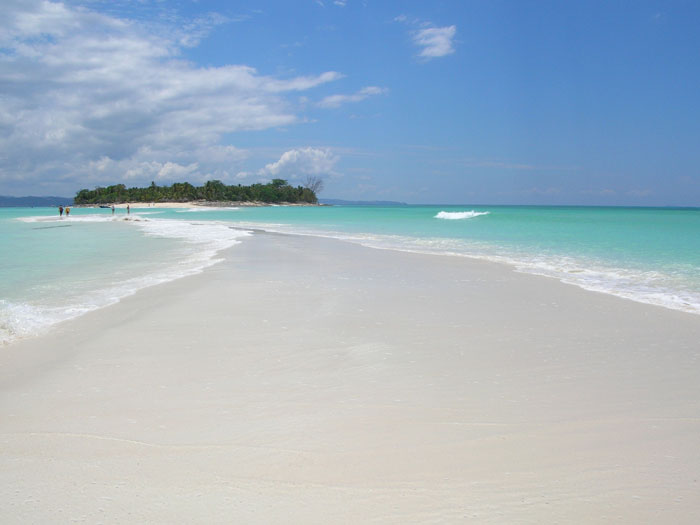Madagascar's cities and regions: An overview - incl. Madagascar's capital
Madagascar, the fifth largest island in the world, covers an area of more than 580,000 square meters.
square kilometers - that's around 200,000 square kilometers more than Germany. While Germany
with over 80 million inhabitants, Madagascar is home to almost 24 million people. The
results in a population density of only 37 inhabitants per square kilometer, compared to over
220 in Germany.
The population distribution is also very different. In Germany, the population is concentrated
population in urban centers, while Madagascar is predominantly rural. Most
Madagascans live in small villages and towns. Interestingly, the population of the
Madagascar's capital Antananarivo (often also called "Tana") is comparable to that of Berlin
(approx. 3.5 million). However, the next largest city, Toamasina, only has just over 200,000 inhabitants.
Inhabitants. When you visit the *Madagascar capital*, you will quickly notice the vibrant atmosphere.
These differences are what make Madagascar so fascinating for travelers. In the following we present the
different regions (formerly provinces) and cities of Madagascar. Although the provinces are
political entities were abolished in 2009, they continue to be used for geographical
orientation. They provide a good starting point for planning your individual
Madagascar trip, whether you want to explore nature or experience the Madagascar capital.
You can also benefit from our Travel suggestions that we are happy to pass on to
Customize your personal interests.
Antananarivo (Region)
The Antananarivo region is dominated by the capital of the same name (and capital of Madagascar)
dominated. "Tana", as it is called by locals, is the economic, administrative and social center of the city.
and geographical center of the island. Founded in the 17th century ("City of a Thousand")
is the most populous in Madagascar. Ivato Airport is a hub for tourism.
Antananarivo offers sights and is home to the country's most important universities. The
The region is also important for agriculture, with fertile soils in the south (cultivation of rice, fruit
and vegetables) and less fertile areas in the sparsely populated north. From here, you can easily make excursions to other parts of Madagascar, even if the *Madagascar capital* itself already has a lot to offer.
Important cities: Antananarivo, Antsirabe.
Fianarantsoa (Region)
The Fianarantsoa region is a popular tourist destination. The reasons are the good infrastructure (the only
Madagascar's stable railroad line) and the National Parkssuch as Ranomafana and Midongy du Sud.
The city of Fianarantsoa has a cathedral, a university and just under 200,000 inhabitants. The
The region is known for its terraced rice cultivation.
Important cities: Fianarantsoa, Ambositra, Ambalavao, Manakara.
Toamasina (Region)
The city of Toamasina, capital of the region of the same name, has an eventful history. It was
beginning of the 20th century and in 1986 by Hurricanes almost completely destroyed. The young population (over
50% under 20 years) built up the town again and again. Toamasina is located on the east coast and has the
second most important port in the country. A railroad line connects the city with Antananarivo.
Highlights of the region are the beaches, the proximity to the island of Sainte Marie and the UNESCO-protected
Rainforests.
Important cities: Toamasina, Sonierana Ivongo, Mananara, Maroantsetra, Vatomandry.
Antsiranana (Region)
The Antsiranana region (formerly Diégo-Suarez) is located in the north of Madagascar. The eponymous
The capital has less than 100,000 inhabitants of various ethnicities. The port is mainly used by
used by cruise ships. Antsiranana is characterized by wider roads and high-quality
stone houses. The region is known for its tolerance, sophistication and is home to some of the most
few luxury accommodations in Madagascar, e.g. on the island of Nosy Be with its dream beaches. Also
original rainforests in National Parks can be found here.
Important cities: Antsiranana (Diego Suarez), Ambanja, Sambava, Ambilobe, Antalaha.
Mahajanga (Region)
Mahajanga (formerly Majunga) is a city and former province in the northwest of Madagascar with over
130,000 inhabitants. The city is an important commercial hub with a port and airport.
Rice, tobacco and sugar cane are exported. Tourists will find fewer sights here, but
but nearby rainforests.
Important cities: Mahajunga, Antsohihy, Maevatanana, Maintirano.
Toliara (Region)
The Toliara region (also known as Tulear) is the southernmost and driest region of Madagascar, located on the
the Strait of Mozambique. The city of Toliara has around 120,000 inhabitants, mostly from the Vezo people.
It is an important trading hub (rice, cotton, peanuts, sisal). Tourists appreciate the
Beaches and museums. The nearby Tsimanampetsotsa National Park accommodates four
lemur species and 39 reptile species.
Important cities: Toliara (Tulear), Taolognaro (Fort Dauphin), Morondava, Belo sur
Tsiribihina, Miandrivazo.
The cities and regions of Madagascar, including of course the Madagascar capital Antananarivo, offer unique experiences. We plan your trip to
Madagascar individually, whether you want to explore national parks or relax on beaches. Feel free to contact us for personal advice!


